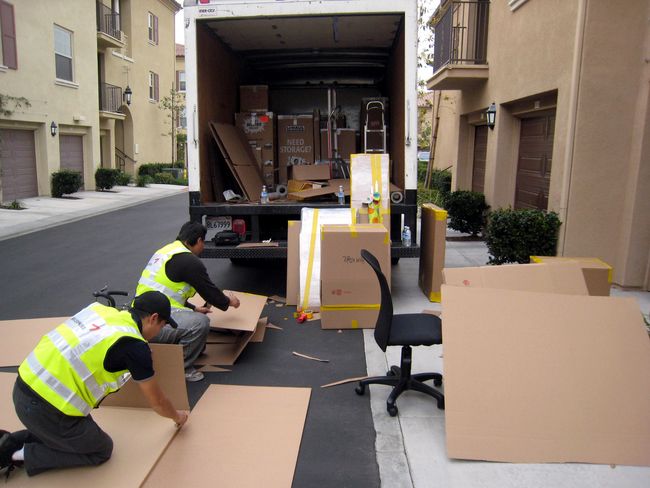
Los Angeles resident Ki-sook Kang, 64, was shocked at the estimate she received as she prepared for the big move back to South Korea recently.
The shipping cost, which only cost slightly more than $100 per cubic meter, is now significantly higher as Kang discovered that some shipping businesses estimated that they would charge her as high as $230 for the same amount of shipment.
Prices still vary depending on the specifics of the services. Companies offer different delivery types, including door to door delivery. However, the industry experts admitted that the average cost has become 20 to 30 percent higher compared to a year ago.
The rise in cost has primarily been affected by the bankruptcy of Hanjin, one of the world’s largest shipping lines.
“Some companies haven’t raised their price yet, but that’s conceivably because they were concerned about getting into an excessive price competition with others,” said an employee of a shipping company in Koreatown. “We’ll have to wait and see if the prices can settle down after spring.”
Recent studies have also shown in late February that Asia-bound cargo now costs $1,500 per 40 feet, although it once used to only cost about $800, while the East Coast bound shipment for the same amount could cost up to $2,800. Depending on the contract details, the price may later settle at around $1,000 to $2,300 depending on the length of the deal and the volume of the cargo.
“It’s now impossible to expect shipping cost to be the same as 2015 or even 2016,” said an employee of a container business. The price has soared by 30 to 40 percent after Hanjin filed for bankruptcy and it has stayed that way since. The new alliance of Korean shipping companies is expected to launch in April and that may contribute to settling the cost down a bit.”
A member of the Korean American Logistics Association added: “The price normalization will be tough to achieve immediately. It may start to stabilize a little bit from May, but delaying the delivery schedule or trying to ship through a difference source is probably not the best idea.”
Even the large shipping lines are monitoring the recent situation carefully.
“Now is the time to recover the loss we’ve suffered,” said Diego Aponte, the CEO of MSC, the world’s second largest shipping line. “This may shock the market, but I believe that the ultimate result will be positive.”
However, many Korean shipping businesses predict that the cost may continue to rise even beyond May.
Industry experts advised those sending shipments to Korea to limit the volume as much as possible by giving up on the likes of home appliances, furniture and workout equipment.
By Brian Choi




